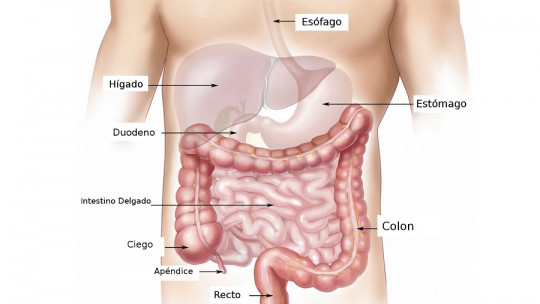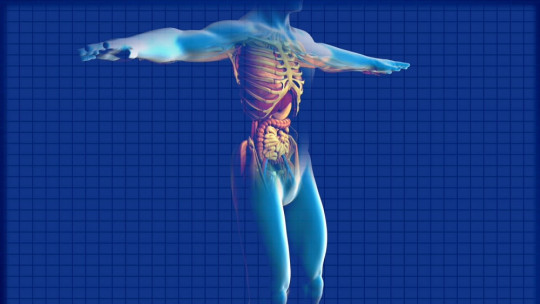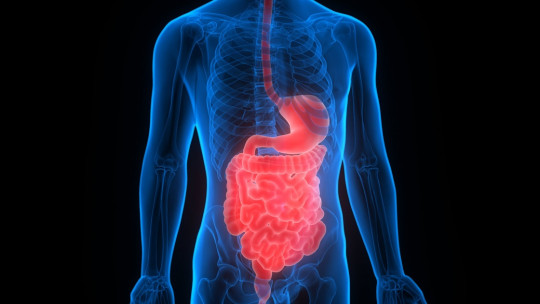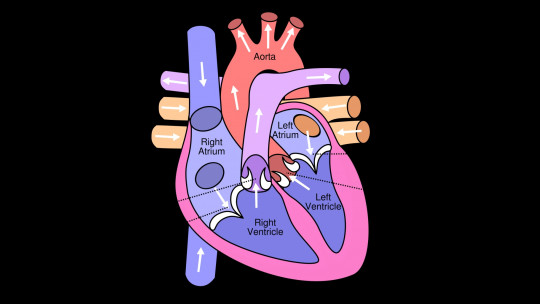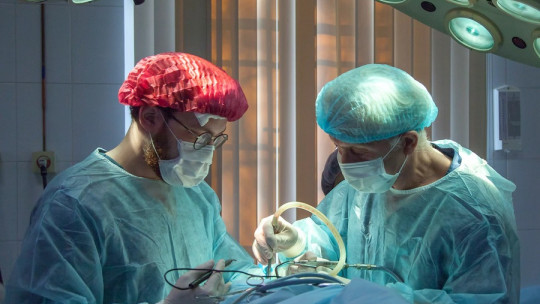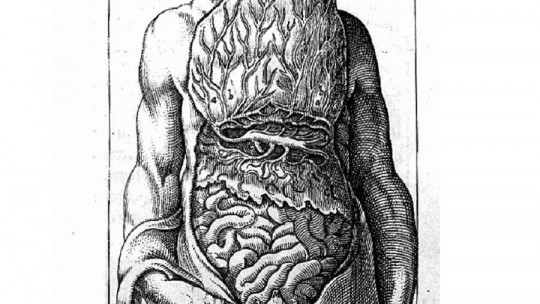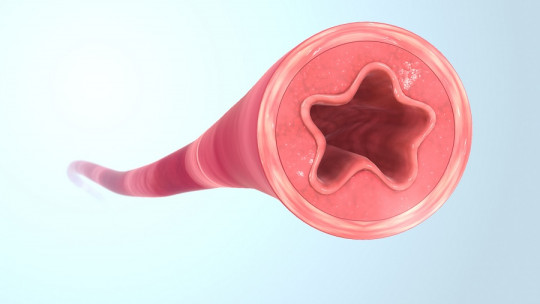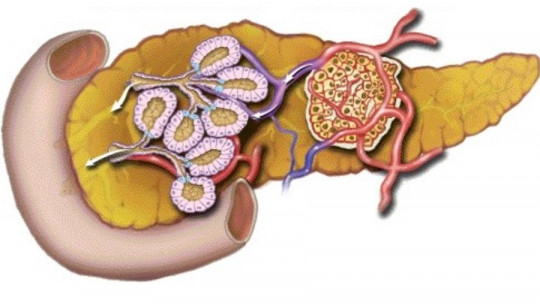
Of all the organs in the human body, the pancreas is one of the most important given its implications in the digestive and endocrine systems.
Thanks to this glandular structure, our blood sugar levels are regulated, and without its ability to produce enzymes, digestion would be very difficult.
Below we are going to review some of its functions and, in particular, what are the parts of the pancreas
What is the pancreas?
In the human body we can find more than 80 organs, which work in a coordinated manner not only to keep us alive but also so that we can carry out physical and mental activities. Among the most important we find the pancreas, since its functions are essential for our body, being part of both the digestive and endocrine systems.
The pancreas It helps the digestion of food in the small intestine, in addition to being responsible for the synthesis of many hormones important for the regulation of blood glucose levels, including insulin. We are going to see this and other functions in more depth by reviewing the parts of the pancreas, in addition to the anatomical characteristics of this organ as a whole.
The pancreas is an organ known to be the second largest hormonal gland in our body, only surpassed in size by the liver It is a glandular structure that is located in the abdominal cavity, just behind the stomach, between the spleen and the duodenum, at the level of the second lumbar vertebra and together with the adrenal glands.
This organ, which is part of the digestive and endocrine system, has an elongated shape, similar to that of a flat pear, having a length that is usually between 15 and 20 cm, with an average thickness of 4 and 5 cm and a weight between 70 and 150 grams. It functions as an exocrine and endocrine gland at the same time, that is, on the one hand it can synthesize non-hormonal substances, which are released in different cavities of the body, while on the other it synthesizes and releases hormones into the bloodstream.
Thus, we can see its exocrine activity helping the digestion of food, releasing different enzymes to the small intestine (pancreatic juice), among them amylases, lipases and proteases, substances that degrade complex carbohydrates, fats and proteins respectively; while its endocrine activity consists, among other functions, in regulating blood sugar levels by releasing hormones into the blood vessels that modulate the amount of glucose, especially insulin, glucagon, somatostatin, pancreatic polypeptide.
The parts of the pancreas (and their anatomical and functional characteristics)
Now that we have seen a little about the main functions of the pancreas and what its shape is, let’s take a closer look at what the parts of this gland are. This glandular organ is morphologically divided into head, neck, body and tail structures which are made up of other parts that carry out specific functions, intervening in both the digestive and endocrine systems.

1. Head
The head is the thickest part of this organ. This is located on the right and is located behind the liver, partially surrounding the duodenum, which is the first region of the small intestine and where the pancreas discharges pancreatic juice It is for this reason that the head is the region where the majority of cells linked to exocrine activity are found, synthesizing pancreatic juice.
2. Neck
The neck is an anatomical region that simply serves as a connection between the head and body of the pancreas It is the part in which a change of direction in the pancreas can be observed, with a deviation in its structure.
3. Body
The body is the part of the pancreas that begins after the neck, this region being found behind the stomach. This part rises vertically and is the longest region of the pancreas housing the majority of cells linked to endocrine activity.
4. Queue
The tail is the narrowest part of the pancreas. It is a pointed end, which is like an extension of the pancreatic body, and is in contact with the stomach and spleen, and most of the cells it contains are linked to endocrine activity synthesizing and releasing hormones such as insulin and glucagon.
5. Wirsung Duct
The Wirsung duct is also known as the main pancreatic duct. Consists in a tube that originates in the tail of the pancreas, advancing throughout its body until it reaches the tail, where it collects pancreatic juice with enzymes that digest food leading this fluid to the main outlet of the pancreas: the ampulla of Vater.
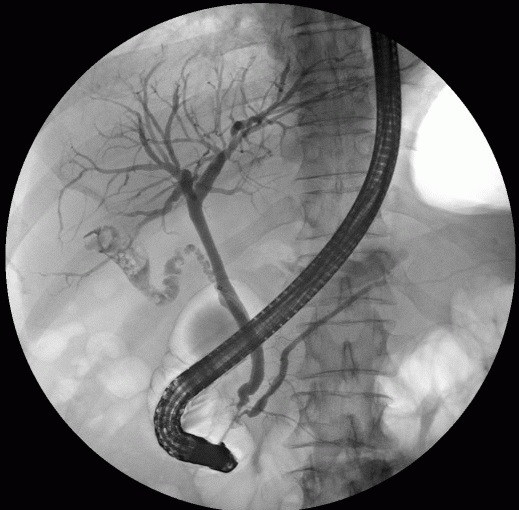
6. Ampoule of Vater
The ampulla of Vater or major duodenal papilla is an opening through which the Wirsung duct empties and that allows the release of pancreatic juice to the duodenum. Through this part most of the pancreatic juice is released into the digestive system.
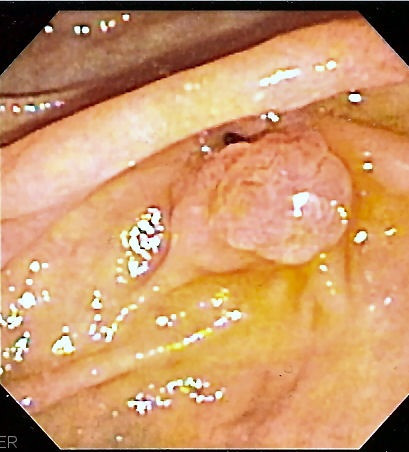
7. Santorini Conduit
Also called the accessory pancreatic duct, the Santorini duct would be something like the little brother of the Wirsung duct. Is about a secondary pancreatic duct, which consists of a tube that arises as an extension or deviation of the Wirsung duct in the head area It is narrower than the other duct and also serves to release pancreatic juice.
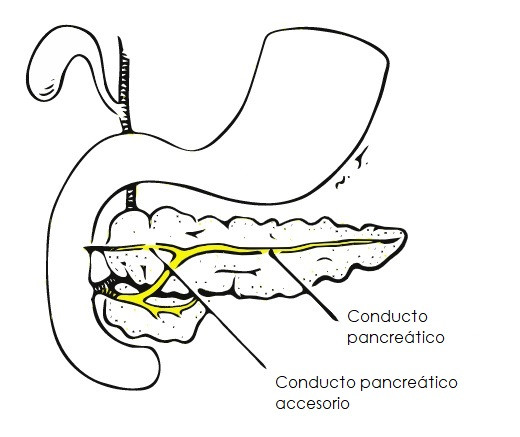
8. Lesser duodenal papilla
The minor duodenal papilla is the second opening of the pancreas into the duodenum. This is the opening in the Santorini duct being smaller than the ampulla of Vater and, like that other part of the pancreas, it serves to pour pancreatic juices into the small intestine.
9. Uncinate process
The uncinate process is a region of the pancreas that folds back and beneath the head of the pancreas, having a shape similar to that of a hook. This part of the pancreatic organ, although with a peculiar shape, turns out to have a certain aura of mystery since today it is not clearly known what its physiological function is.
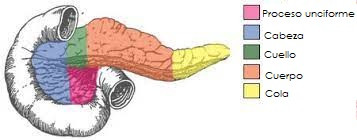
10. Langerhans Islets
The islets of Langerhans, also called pancreatic islets, are some clusters of cells found throughout the pancreas, especially abundant in the body and tail
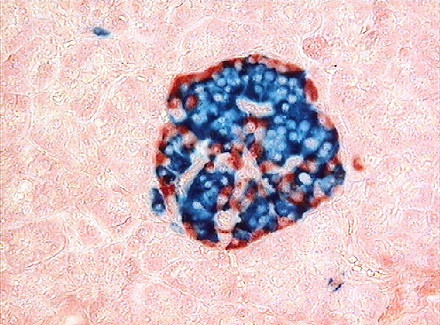
These cells specialize in synthesizing all the hormones that are involved in the endocrine system, becoming involved in the regulation of blood sugar levels. All the endocrine pancreatic activity of the pancreas is due to these clusters of cells.

